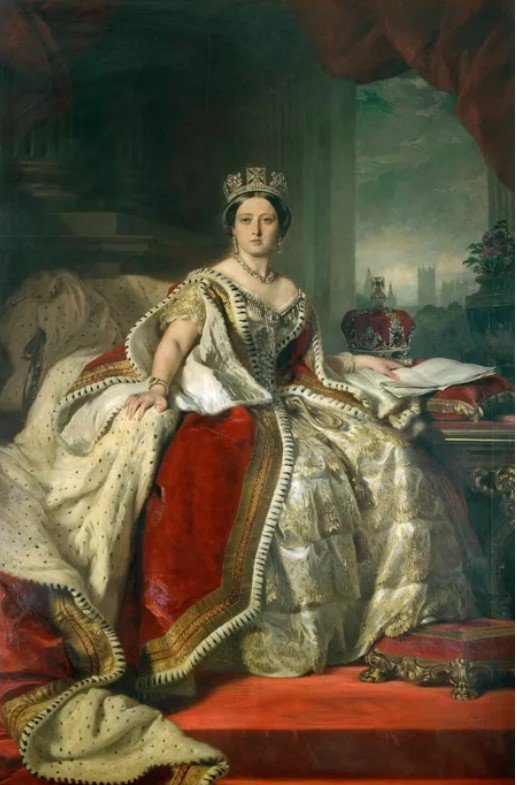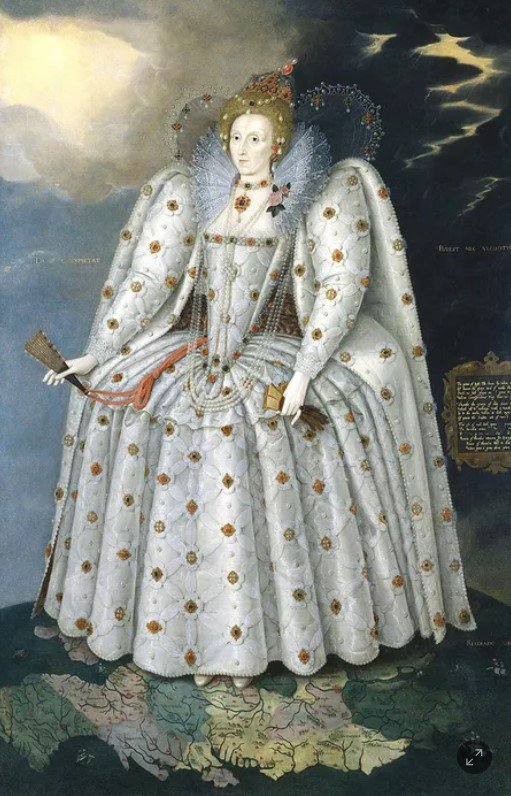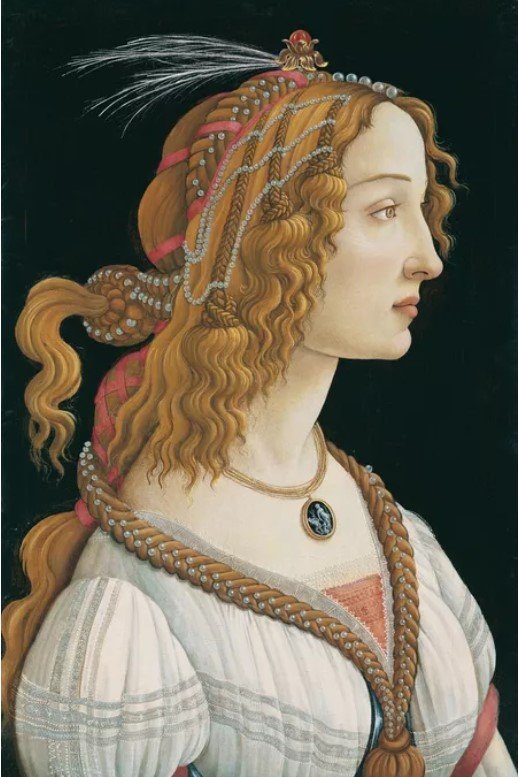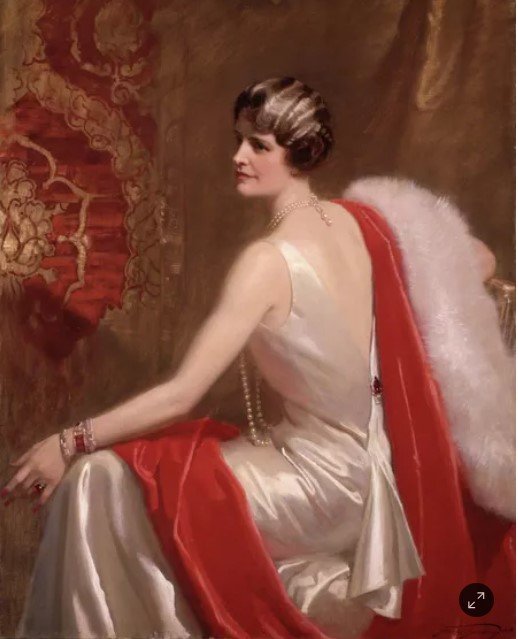The Secret Language of Jewelry in Women's Portraits
/*copied from Artsy.net
lucy mckenzie, vermeer eyes with pearls
Whether you consider opulent jewelry as a frivolous accessory or powerful status symbol, there’s no denying the intoxicating allure of an exquisite arrangement of precious stones. Thousands have flocked to see bulging diamonds, emeralds, and sapphires worn by sanctioned royalty, from Queen Elizabeth’s crown jewels at the Tower of London to Elizabeth Taylor’s collection of baubles that broke auction records at Christie’s in 2011. In their extravagance, these objects could seem outdated or uncouth, but still, jewelry talks. It remains a cogent and complex signifier of wealth and refinement in the 21st century, its aspirational legacy rooted in the history of portraiture.
For centuries, artists have used jewelry to ascribe important attributes to their sitters. A recent panel discussion at the 92nd Street Y, entitled “Jewelry: The Secret Language in Portraits of Power,” elucidated the multiple symbolic and associative functions of jewelry as it is featured in portraits of women, from formidable British queens to the nouveau riche heiresses of the Gilded Age. The panelists encouraged the audience to not only admire the lavish jewels depicted in paintings but to also question their personal and political significance. “We never want you to look at jewelry the same way again,” pronounced moderator Stellene Volandes, the editor-in-chief of Town & Country. Yet it’s equally important, she continued, to notice its absence.
Famous monarchs like Queen Victoria, whose personality and long reign defined the British Empire in the 19th century, strategically used portraiture and jewelry to communicate her absolute authority. In an 1859 likeness attributed to Franz Xaver Winterhalter, the 40-year-old queen appears at the height of her powers, wearing a crown that features a shamrock, thistle, and rose to symbolize the United Kingdom’s three states—Ireland, Scotland, and England. Her whopping 161-carat diamond necklace, worn at her coronation, serves as a more straightforward token of her robust wealth.
At the right, Victoria’s coronation crown frames a window overlooking the seat of her power, Buckingham Palace. This not-so-subtle allusion to her dominion is reiterated by the gigantic Stuart Sapphire and Black Prince’s Ruby at the front of the crown, jewels passed down over the centuries in an unbroken line of British rulers.
What could be a cold, monarchical vision of her empire and authority is softened by Victoria’s decision to also don more personal mementos. Jonquil O’Reilly, vice president and head of sale in the Old Master paintings department at Christie’s New York, contends that Victoria clearly “understood the sentimental symbolism of jewelry and how it spoke to power.” A prized ring given to her by her beloved husband Albert, who enjoyed designing jewelry for his wife, features the romantic combination of turquoise, symbolizing fidelity; and pearl, a marker of purity. Her bracelet, which features a cameo by Albert, was a gift before their wedding. After he died, Victoria famously wore austere black mourner’s clothes for the rest of her life, but later portraits show that she never took the bracelet off.
To read more…
https://www.artsy.net/article/artsy-editorial-secret-language-jewelry-womens-portraits






